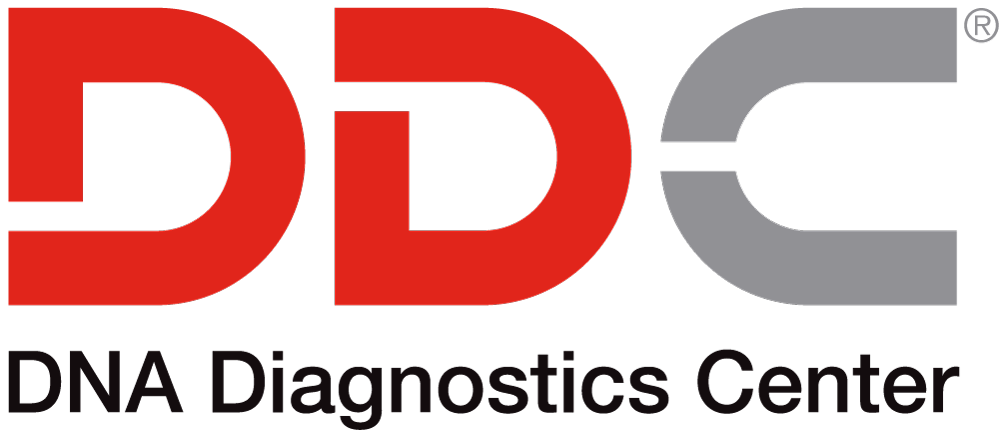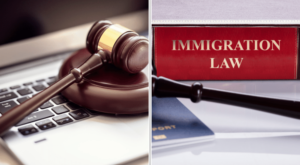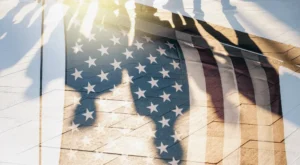MARCH 21, 2017
DNA Testing for Immigration: 5 Steps

DNA testing for immigration offers a reliable solution when encountering difficulties in documenting a biological relationship for immigration cases.
These cases usually involve a family member who’s applying for U.S. resident status in the United States, but who does not have a reliable birth certificate or family records available. To definitively determine a family biological relationship, DNA testing through an impartial, fully-accredited lab compares samples from the family member abroad who’s applying for immigration with existing family members already naturalized.
CALL FOR A FREE CONSULTATIONModern DNA testing is incredibly precise and reliable. Genetic lab testing at accredited labs such as DNA Diagnostics Center (DDC) can demonstrate many types of biological relationships with up to 99.99% probability.
DNA tests can be used to prove family ties using DNA from parents, siblings and half-sibling, and paternal aunts, uncles and grandparents. The tests use a buccal (cheek) swab, in which a cotton swab is swept inside the cheek to gather cells for testing. Buccal swabs are non-invasive and easier to collect and ship than blood samples and the results are identical in accuracy and reliability.
Although the process of DNA testing for immigration can seem intimidating, a reputable DNA lab like DDC can make the process easier by helping participants through every step along the way.
How to Do DNA Testing for Immigration: 5 Steps
With so much on the line and to save everyone time and trouble, the U.S. Department of State/Bureau of Consular Affairs has outlined five steps for anyone interested in supporting an immigration application with DNA testing.
1. Locate an AABB-accredited facility. Every DNA sample must be collected according to American Association of Blood Bank (AABB) and Department of State standards. Samples taken in the United States must be obtained at an AABB-accredited facility such as DDC, which offers excellent immigration DNA testing centers across North America
Samples from family members abroad must occur at or under the direct supervision of the nearest U.S. embassy or consulate in the country where the relatives live. Under no circumstances may a third party be involved in selecting a testing lab, scheduling appointments or any other part of the testing process.
2. Collect DNA samples from family members in the United States. DNA samples from U.S.-based family members must be coordinated by an AABB-approved facility via buccal swab.
The collection site or clinic will submit samples directly to the laboratory. It will also give instructions to forward the test kit to the U.S. embassy or consulate or domestic passport agency where an application for a Consular Report of Birth Abroad of a U.S. Citizen (CRBA) or U.S. passport for a blood relative is pending. The DNA testing kit should always go directly from the lab to the consulate to preserve the integrity of the test.
3. Finalize payment arrangements with the laboratory. Before the kit is shipped to the embassy abroad, payment arrangements with the U.S. laboratory must be made. Some laboratories offer paid in full plans as well as deposit plans that allow the individuals to pay for the testing after the appointments but before the results are released.
CALL FOR A FREE CONSULTATION4. Wait for the U.S. embassy or consulate abroad to arrange an appointment for DNA collection from your family member. Once the U.S. embassy or consulate nearest the overseas family member receives the DNA kit from the lab here in the United States, it will contact the applicant (or a parent of the applicant, if the applicant is a minor) for an appointment to come in and provide a DNA sample.
5. Collect DNA samples at the embassy or consulate abroad. All DNA sample collections for immigration applicants overseas must be performed in the consular section of the U.S. embassy or consulate by a designated panel physician or medical technician. The testing must be witnessed by the embassy or consulate officers managing the process. The applicant or family members should bring with them to the DNA collection appointment: (list may vary by embassy)
- A photocopy of the U.S. citizen parent’s ID
- The passport or CRBA applicant’s birth certificate
- A photo of the applicant
- A receipt from the panel physician showing payment for the DNA collection
The embassy sends the completed test kit directly to the accredited laboratory in the United States. Under no circumstances will the test kit be released to the applicant, family members, lab technicians or anyone else for return to the lab.
When DNA Testing for Immigration is Complete
Once all the necessary tests are completed, the lab in the United States will send the results directly to the U.S. embassy or consulate. Only results sent directly to the embassy or consulate by the lab will be accepted. The embassy or consulate will make contact with the results in order to continue processing the visa application. For individual copies of the test results, contact the AABB lab directly.
Remember to follow the process exactly as described in the 5 steps listed above, or you may risk encountering significant delays. If you run into any snags despite adherence to these guidelines, you may want to contact an immigration attorney to help you resolve them.
It’s important to keep in mind that DNA testing for immigration is considered voluntary, and submitting to DNA testing does not guarantee approval for a visa, passport or Consular Report of Birth Abroad (CRBA).
About DNA Diagnostics Center (DDC)
DNA Diagnostic Center is the world leader in paternity and relationship testing. We serve healthcare professionals, government agencies, and individuals around the world to determine family relationships with trusted accuracy.
More Questions? Don’t hesitate to call us: we’re here to help!
CALL NOW